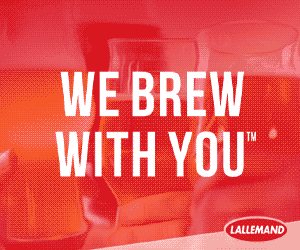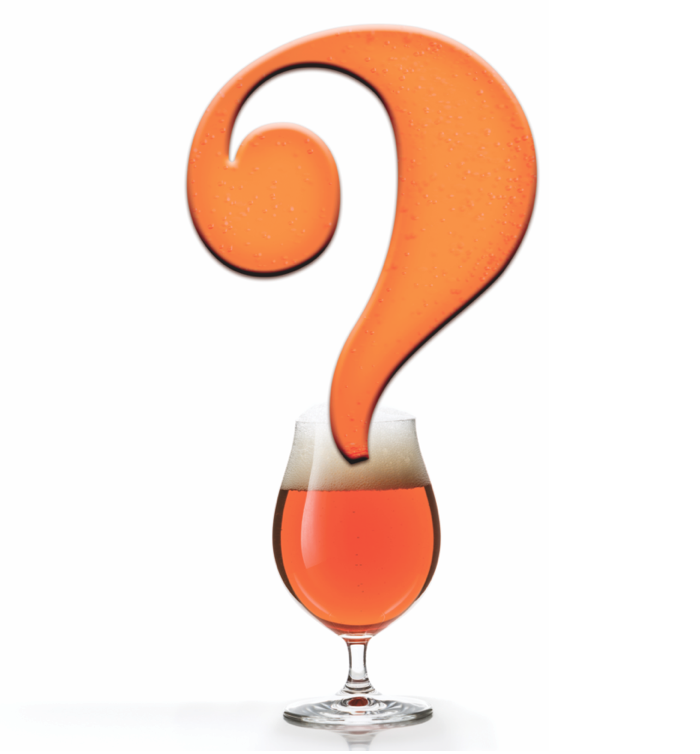Hitting Your Target Final Gravity
Q: I recently brewed a Pilsner using all-grain in a two-step brewing process. My two temperature points were 144 °F (62 °C) (beta-amylase) for 75 minutes and 158 °F (70 °C) (alpha-amylase) for 60 minutes. I used a pumpover with a stirring extraction method. I used Wyeast 2278 (Czech Pils). The beer’s final gravity (FG) was 1.006 and it tasted excellent, but lacked body. The original Gravity (OG) was 1.042, and the fG was meant to be 1.010. I was trying for a thinner beer but not this thin! Can you guide me on how long you should mash at 144 °F (62 °C) and 158 °F (70 °C) to manipulate the body of the beer? I fear I might be looking at this quite simplistically. Does the body of a beer have more to do with the type of grain used or possibly the yeast?
— Greg Gibson • Gisborne, Australia
A: It’s always great reading questions for brewers in other countries and doing a bit of traveling with the internet. Gisborne looks like a beautiful place to enjoy a nice Pilsner and hopefully some of the information here will help you out on your next brew.
For starters, your 1.042 OG is a bit low for classic Pilsners. Bumping the OG into the 1.048–1.050 range may be something to consider unless you specifically want a lower ABV and lower calorie beer. Alcohol and residual extract are both related to body, so simply increasing your wort’s OG will help some.
Now onto addressing your relatively high apparent degree of attenuation (ADF) of 86% (calculated by dividing the gravity points fermented by points in the wort, or 36/42 x 100). Reducing the length of your beta-amylase rest at 144 °F (62 °C) from 75 minutes to about 20–30 minutes should reduce your ADF into the low 80s. Rests ranging from 60–180 minutes are commercially used to increase the ADF for styles like dry and light lagers, where approximately 92% ADF can be achieved without using exogenous enzymes or diastatic yeast. For this brew, if your ADF had been 82% your finish gravity would have been 1.008, which is still lower than your target of 76% ADF (1.010). Looks to me that the target is not aligned with the recipe. 80% ADF is not uncommon these days for infusion-mashed brews. And that brings up the next topic.

Mashing profiles do different things to different malts. The two main factors in malt that influence how mashing affects wort are the degree of malt modification and the malt’s enzymatic strength. Modification is the malting term used to describe all changes occurring as barley is transformed from a dormant seed into malt and can be categorized using general terms: Poorly modified, under-modified, lightly modified, well-modified, and over-modified are useful for discussion purposes.
The two main factors in malt that influence how mashing affects wort are the degree of malt modification and the malt’s enzymatic strength.
Poorly modified malts are generally not acceptable for brewing purposes unless the malt is used like an adjunct, chit malt for example, or if the malt is a functional special malt, such as a foam-promoting malt. Meanwhile, over-modified malt is not something maltsters want to sell because over modification results in unacceptably high malting losses from excessive growth during germination. This leaves brewers with under-, lightly, and well-modified malts in grain catalogs.
Globally, most malt is either lightly or well-modified because these types work well in the brewery and can be consistently produced from modern barley. Breeding programs over the last 50 years or so have increased barley yield, enzymatic potential, disease-resistance, and overall agronomics. Many of these changes have allowed maltsters to deliver malt to brewers that is simply easier to use in the brewery.
Mash profiles these days are typically shorter and have fewer steps because malt modification within the kernel is more uniform, modification between kernels and batches of malt is more consistent, and enzymatic strength is generally higher than it was in the past. A real consequence of these changes is misalignment between modern raw materials and practices discussed in the brewing literature.
Let’s switch back to your question. You want to brew a Pilsner wort with about 76% ADF. Although yeast don’t define wort fermentability, strains that ferment maltotriose ferment more sugars than those that only ferment glucose, fructose, maltose, and sucrose.
Wyeast does not provide information about maltotriose fermentation, however, based on the typical ADF range for Wyeast 2278, it’s reasonable to assume that this strain does not ferment maltotriose. This means that mash control should allow you to limit ADF to under 80% using this strain. Modern malts being what they are, and assuming you are using a modern base malt, means that you may find skipping your beta-amylase altogether will get you close to where you want to be.
Yep, I am suggesting trying out a modern twist on the infusion mash. Aim for a mash temperature of about 153 °F (67 °C) for 45–60 minutes, then mash-off at 169 °F (76 °C) to denature enzymes and reduce wort viscosity. The main benefit to mashing-off is preventing enzymatic reactions from occurring during wort collection.
If infusion mashing is too extreme for Pilsner brewing, start your mash at 122 °F (50 °C), decoct about 50% of your mash, and jump from 122 °F (50 °C) to 158 °F (70 °C) to limit beta-amylase activity. The decoction is not needed for lightly or well-modified malt, but it is a handy way to blow past beta’s happy place while holding onto the tradition of decoction-mashed Pilsner.
Another way to dilute enzymes, essentially what happens during a decoction boil, is to use adjuncts like maize and rice. I’ll just drop the mic with that suggestion before I anger traditionalist brewers! Thanks for the great question.



